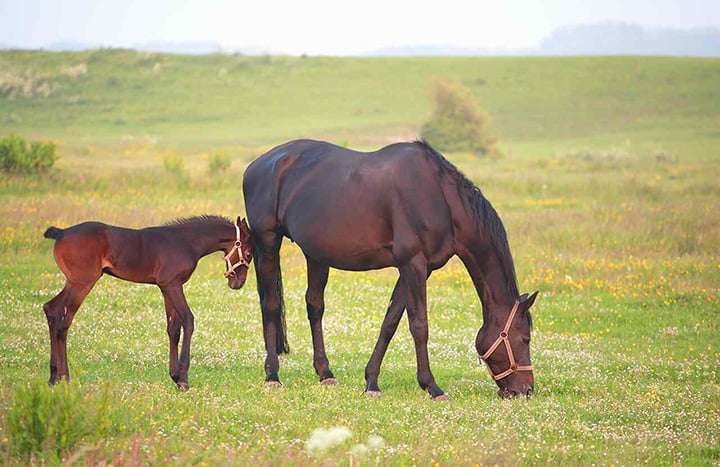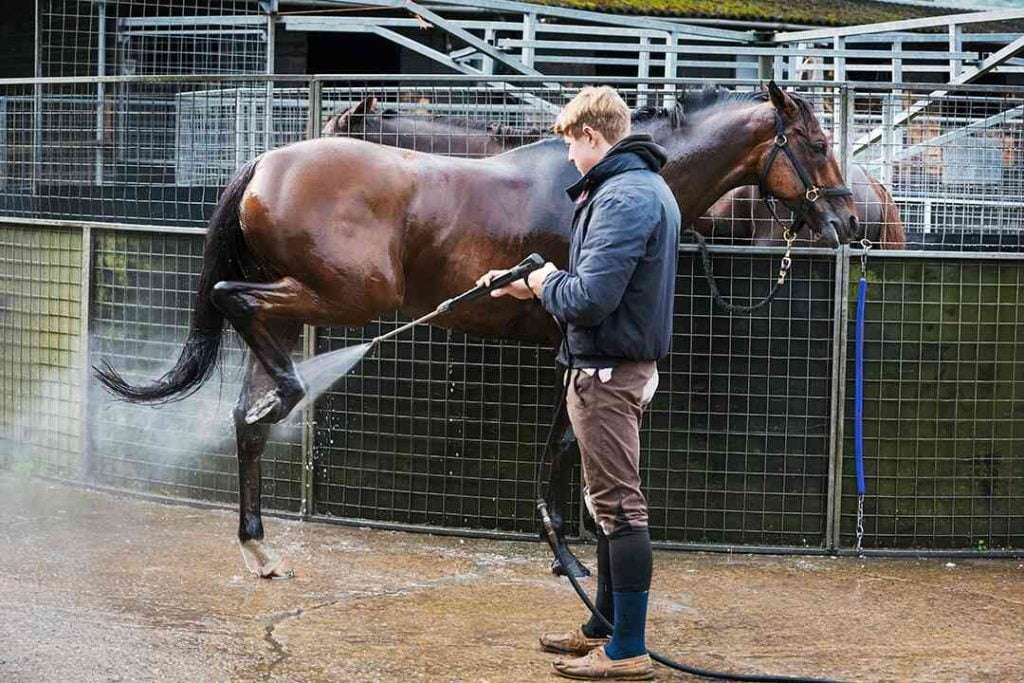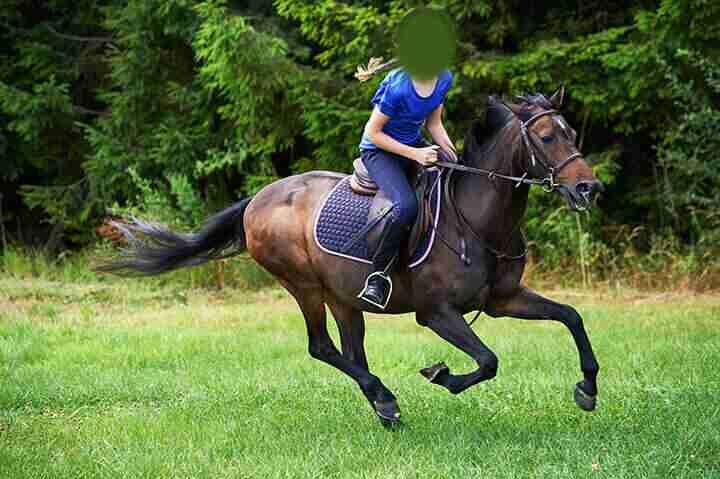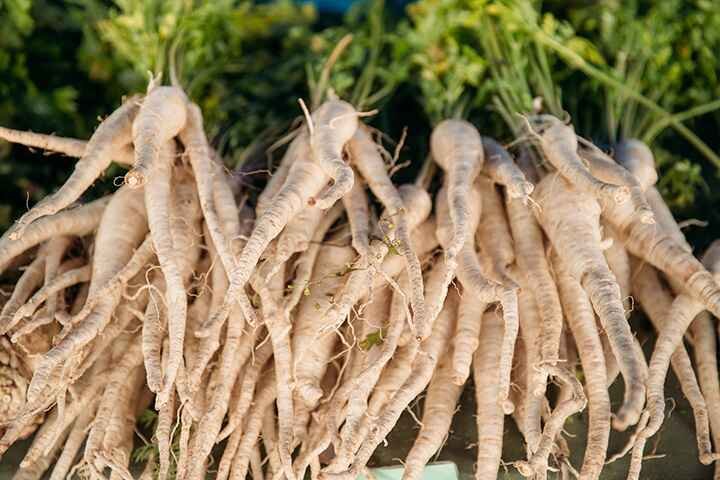In the realm of equine terminology, the terms “colt” and “foal” are often used to describe young horses, but they represent different stages of development. This article aims to shed light on the distinctions between a colt vs a foal, providing insights into their respective characteristics and the stages of their growth.
Foal: The Early Stage
Age Range:
- A foal refers to a horse in its early stages of life, typically from birth to one year old.
- During this period, both male and female young horses are universally referred to as foals.
Dependence on Mother:
- Foals are highly dependent on their mothers for nourishment, protection, and guidance.
- They often stay close to their dams (mothers) for comfort and sustenance.
Developmental Milestones:
- Foals undergo rapid physical and behavioral development.
- Key milestones include learning to stand, nurse, and interact with their environment.
The term “foal” does not specify gender; it is a general reference to a young horse.
Colt: The Adolescent Male
Age Range:
- A colt specifically refers to a young male horse, typically from the age of one to four years old.
- Once a male horse reaches the age of four, he is often referred to as a stallion.
Independence from Dam:
- Colts gradually become more independent from their mothers as they mature.
- They start exhibiting behaviors associated with adult horses.
Social Dynamics:
- Colts may form bonds with other young horses and engage in play and social interactions.
- They begin to establish their place within the herd hierarchy.
Potential for Breeding:
- While still too young for breeding responsibilities, colts represent the future potential for stallions.
- Colts undergo training and development to prepare for their roles as adult, breeding horses.

Conclusion
In summary, the distinction between a foal and a colt lies in their developmental stages and gender. A foal is a general term encompassing both male and female young horses in their early stages of life, while a colt specifically refers to a young male horse. Understanding these terms allows horse enthusiasts, breeders, and caretakers to communicate more precisely about the age and gender of these magnificent animals. As foals grow into colts and eventually into adult horses, each stage brings unique characteristics and considerations for their care and development.





